The good vs evil battle, salvation and a larger narrative surrounds the significance of the Mahakumbh Mela. From ‘Samudra Manthan’ to the institution of ‘Akharas’ by an eighth-century Hindu philosopher to the 2025 Mahakumbh Mela, let’s take a closer look at this auspicious gathering.

The 2025 Mahakumbh Mela, which kickstarted in Uttar Pradesh’s Prayagraj on January 13, will conclude on February 26. Millions of devotees took a holy dip in the Triveni Sangam on the first ‘Amrit Snan’ of the Kumbh, with the numbers expected to further increase as the event went on. The different kinds of ‘Snan’ refer to bathing rituals.
Notably, Triveni Sangam is the confluence of the Ganga, Yamuna, and Saraswati rivers.
The Mela, this year, is spread over around 4,000 hectares along the riverbank and is expected to attract at least 40 crore visitors.
The most auspicious days for taking a holy dip at the Mahakumbh 2025 are on January 14 (Makar Sankranti), January 29 (Mauni Amasvya), February 3 (Basant Panchami), and February 26 (Maha Shivratri, the final bath).
All about Mahakumbh: The interactive way
Origin of Mahakumbh
Now that we’ve looked at the 2025 Mahakumbh Mela, let’s go back in time. The origin of Mahakumbh Mela dates back to it being transcribed by the eighth-century philosopher Adi Shankaracharya, according to information given in Mahakumbh’s official website.
Although the exact origin of the Mela is unclear, legend traces its roots back to the Puranas, the ancient scriptures of myth and legend.
It goes back to the story of ‘Samudra Manthan’ (churning of the ocean), which saw gods and demons fighting over Kumbh (sacred pitcher) of Amrit (immortality nectar).
Mythological beliefs suggest that Lord Vishnu masqueraded as enchantress ‘Mohini’, whisking the Kumbh away from the demons who were trying to claim it. And as he took it towards heaven, few drops of the fell on four sites, Haridwar, Ujjain, Nashik and Prayagraj, the four cities where Kumbh fairs are held.
Why is Mahakumbh celebrated every 12 years
The fight and the pursuit over the Kumbh went on for twelve days, which is equivalent to twelve human years. Therefore, the Mahakumbh Mela is celebrated every 12 years, with an event in each of the four sacred cities.
But as per historical insights, it wasn’t until King Harshavardhana’s rule (590-647 AD) that Kumbh Mela got massive recognition across the globe.
The Kumbh Mela is Prayagraj is considered as the most significant one among all the Kumbh festivals at other locations.
Akharas
Puranas have also suggest that Adi Shankaracharya founded the Akharas that play a critical role in the Kumbh Mela. These akharas have the key roles in the organizing of the Mahakumbh and are categorised into three sections: Shaiva Akharas, those who worship Lord Shiva, Vaishnava Akharas, whose favoured deity is Lord Vishnu, and lastly Udaseen Akhara, a sect founded by the son of the Sikh community’s first guru.
Akharas are responsible for maintaining social order and imbibing ethical values in the society, being a symbol of unity among university. The sect, including the Naga sadhus, is known as the Akhara Matha.
The akharas in existence include Juna Akhara, Niranjani, Atal, Mahanirvani, Bada Udasin, Naya, Nirmohi Ani, Digamber Ani, Nirvani Ani, Nirmala, Panchagni, Aavahan, and Panchayti Akhara.
Coming back to the history, in the medieval period, Mahakumbh Mela’s grandeur began involving, witnessing the inclusion of royal patronage and flourishing cultural traditions.
The Chola and Vijayanagar dynasties of the south, and the Mughal Empire in the north, played a key role in backing the Kumbh Mela. It has also been said that emperor Akbar had also taken part in the Kumbh Mela festivities to display the spirit of religious inclusion.
Naga Sadhus
Akbar’s alliance with the Naga Sadhus, the ascetic warriors identified by their ash-covered naked bodies and long dread locks, is one of the most notable factor associated with the Mahakumbh.
Learning and understanding Naga Sadhus, Akbar made a historic gesture by granting the ascetics the right to lead the royal entry procession into the Mahakumbh Mela.
The event, with immense pilgrimage significance, continued to take place under the British colonial era as well. And post independence in 1947, the Kumbh Mela gained a whole new significance. Not just the gathering of seers, saints, Naga Sadhus, deep-rooted devotees, Kumbh Mela also began a cultural event with diversity and nation’s unity.
Four kinds of Kumbh Mela
- Regular Kumbh Mela: This takes place every three years, by rotation at the four sacred sites of Prayagraj, Haridwar, Nashik and Ujjain.
- Ardh Kumbh Mela: This ‘Ardh’ or half Kumbh takes place every six years at Haridwar and Prayagraj. The name is ‘half Kumbh’ because it occurs at the mid-point of the 12-year cycle of the regular Mela.
- Purna Kumbh Mela: This is the complete Kumbh Mela, celebrated every 12 years, at the four sacred sites. It is believed that the 12 year-period is a marker of planet Jupiter’s alignment with other constellations.
- Mahakumbh Mela: This is celebrated every 144 years, after the completion of 12 ‘Purna Kumbh Melas’, at Prayagraj, becoming one of the rarest devotees that attracts large number of devotees, saints and seers.
The current Kumbh is being held after 12 years, but seers claim that the celestial alignments for this event are taking place after 144 years, making this fair even more auspicious.
Kumbh rituals
While the Mela witnesses the gathering of seers, saints, Naga sadhus, and devotees from across the globe, it also holds significance for its rituals.
The rituals of Kumbh include Aarti, the offering of sacred flames to the Gods on the riverbanks of Yamuna, Ganga and the Triveni Sangam. Then there is Shahi Snan, which holds significance as per devotees’ beliefs which suggest that taking a dip in the Triveni Sangam rids one of all their sins, release them and their ancestors from the cycle of rebirth and helps them attain Moksha (salvation).
Notably, Naga Sadhus, saints, seers, and members of the akharas take part in the ‘Shahi Snan’ ritual. The dates for the three Shahi Snan are, January 14, 29 and February 3.
Another ritual is a lesser known but a special one, known as ‘Kalpavas’. According to the Puranas, Kalpavas period is from Ekadashi of full moon in the Paush month up to Maghi Ekadashi. A Kalpavasi, as explained in the Padma Purana, is required to observe 21 rules through mind, speech and action, the UP government’s official website for the Kumbh Mela read.
The 21 rules for Kalpavas are: True speech, non-violence, mitigation of senses, feeling benevolence for all living beings, observance of celibacy, renunciation of all indulgence, rising before sunrise, observance of ‘Trikal Sandhya’, ‘Pind Daan’ of ancestors, donate as per capability, chanting, satsang (prayers), non-violation of reserved space, renunciation from criticism, offer services to ascetics and saints, sankirtan, japa, meals to be take once a day, sleeping on the ground, and denouncing Gangodak-Agni.
Deep Daan is another Kumbh ritual, wherein numerous lit oil lamps are floated at Triveni Sangam, which is the mystical confluence of Ganga, Yamuna and Saraswati rivers. Taking a bath in the Triveni Sangam is believed to have several spiritual benefits.
Then comes ‘Prayagraj Panchkoshi Parikrama’, with parikrama (circumambulation) holding a direct impact of changing times. The Shri Akhada Parishad and the Mela authority have re-traced the ‘Parikrama’ path, as the ritual has been a key part of the Kumbh since forever. Finally, comes the visiting of Shri Madhava temples.
Kumbh Mela world records
Mahakumbh, or the Kumbh, or the Kumbh Mela, holds a timeless legacy. The Kumbh Mela is a part of the UNESCO’s Intangible Cultural Heritage of Humanity representative list, marking a significant recognition on global scale.
Additionally, the 2019 Kumbh Mela in Prayagraj holds three different Guinness World Records. One for the ‘Longest Parade of Buses’, with 503 special Kumbh Mela buses parading a stretch of 3.2 kms on February 28, 2019.
Second is for ‘Most Contributions To A Handprint Painting’, wherein 7,644 individuals contributed to the handprint painting in 8 hours on March 1, 2019. And lastly, the world record for ‘Most People Sweeping The Floor’ at multiple venues, witnessing 10,181 cleaners sweeping simultaneously on March 2, 2019.
Since time immemorial, Mahakumbh Mela has held a rather special place among devotees. The Mela serves as a symbolic journey of purification and quest for spiritual enlightenment and salvation.
Mahakumbh Mela, a sacred gathering that takes every 12 years, carries immense spiritual significance. Deep rooted in ancient Hindu mythology, the Mela serves as a symbolic journey of purification, enlightenment and salvation.

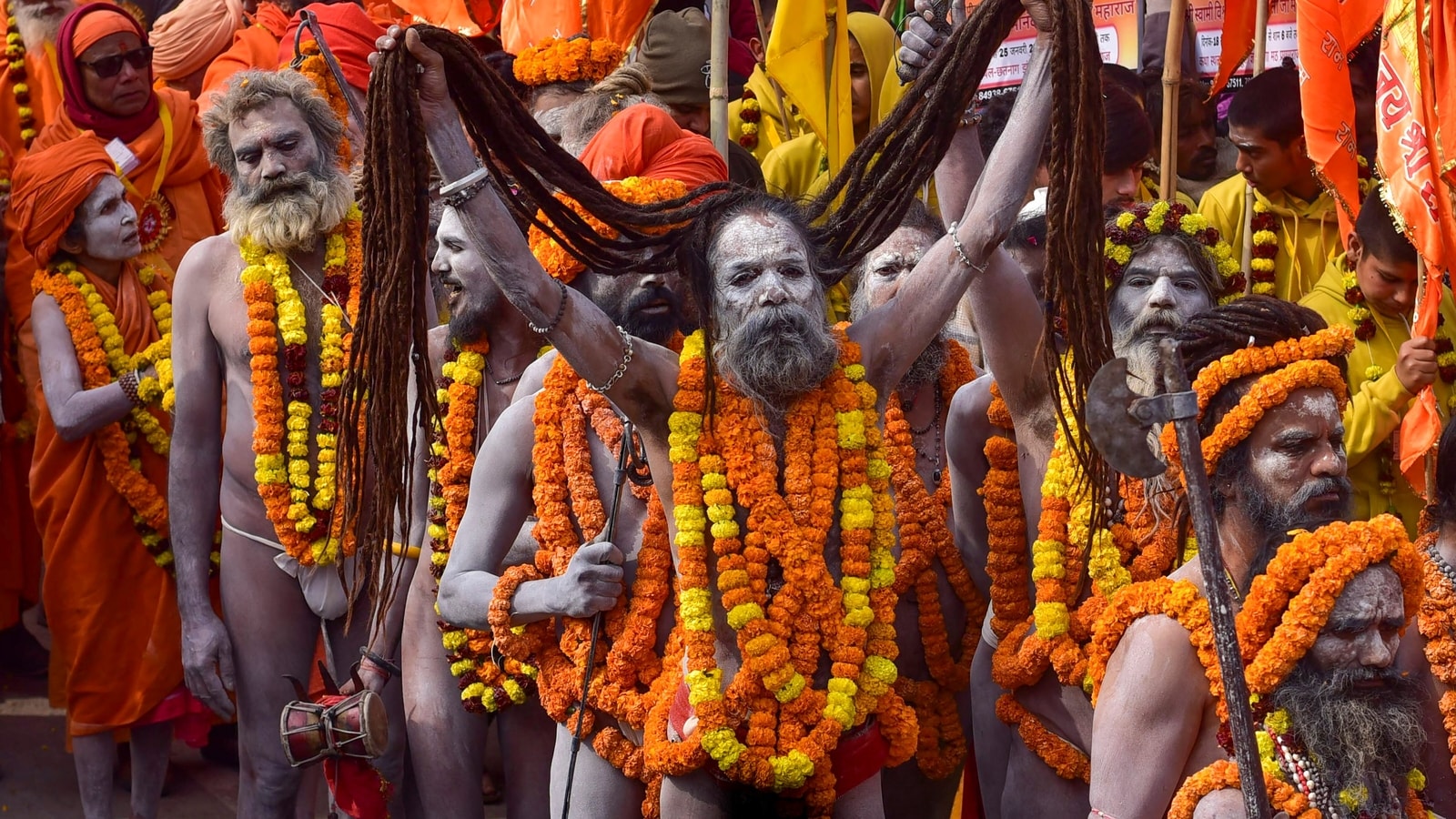

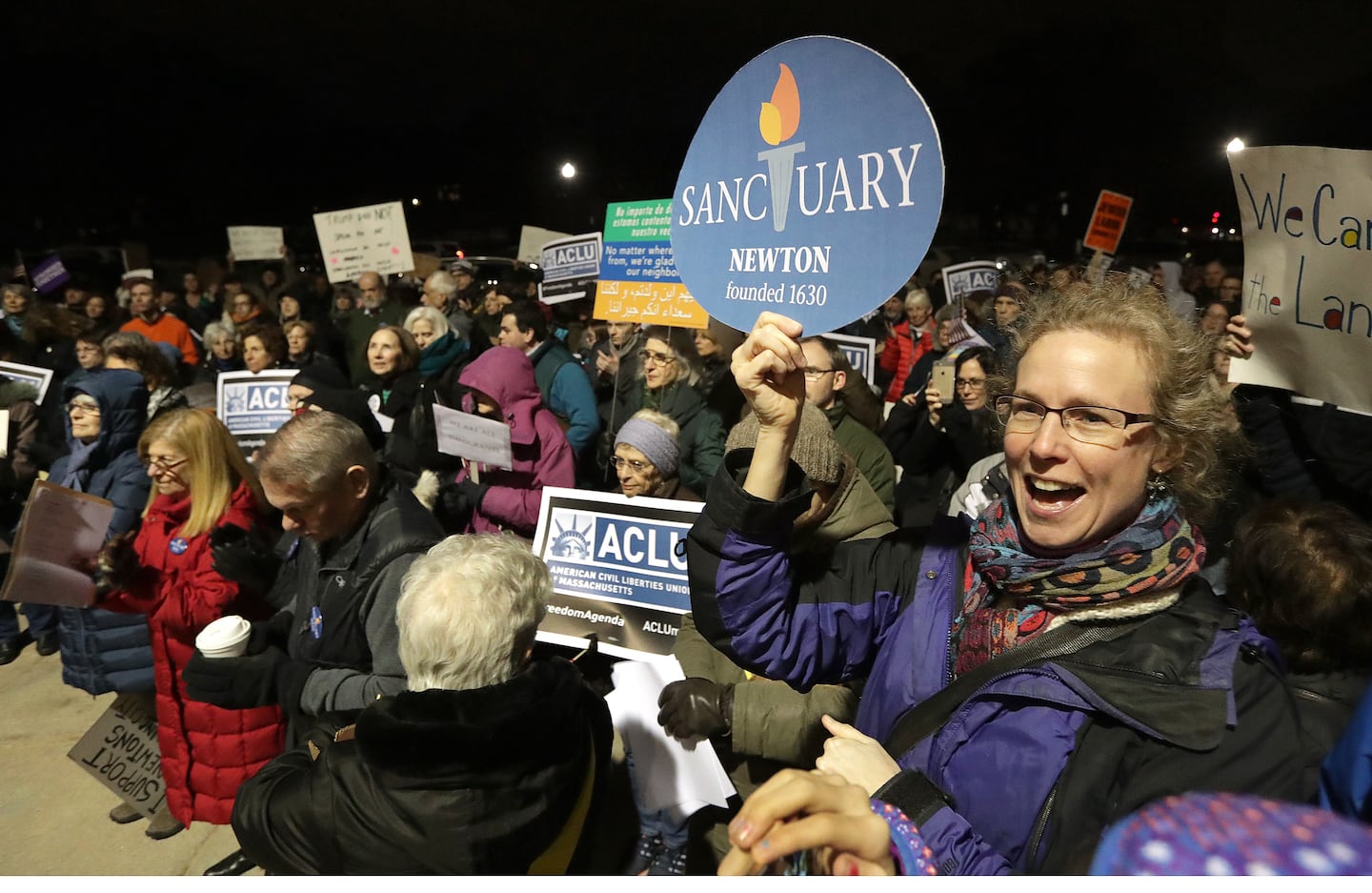


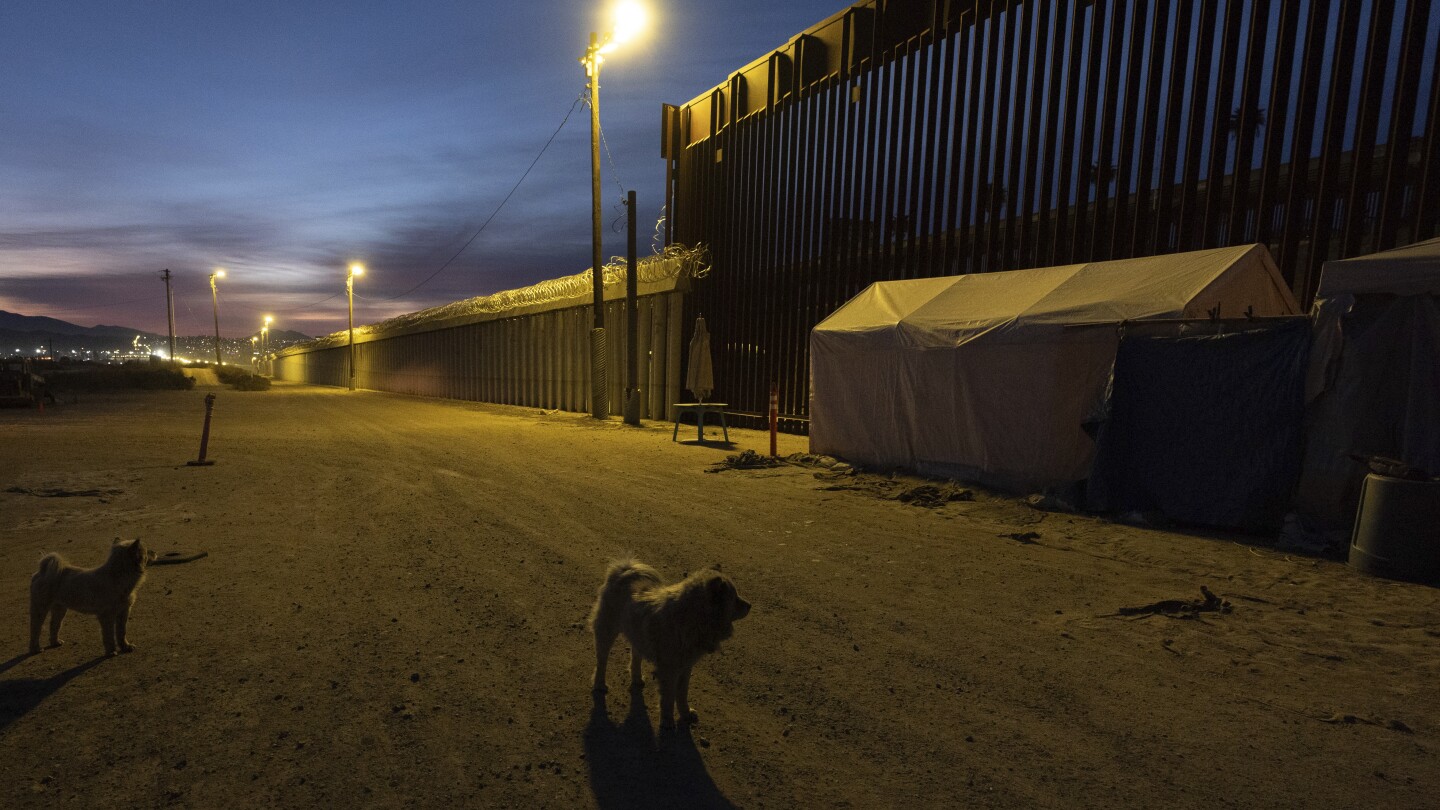
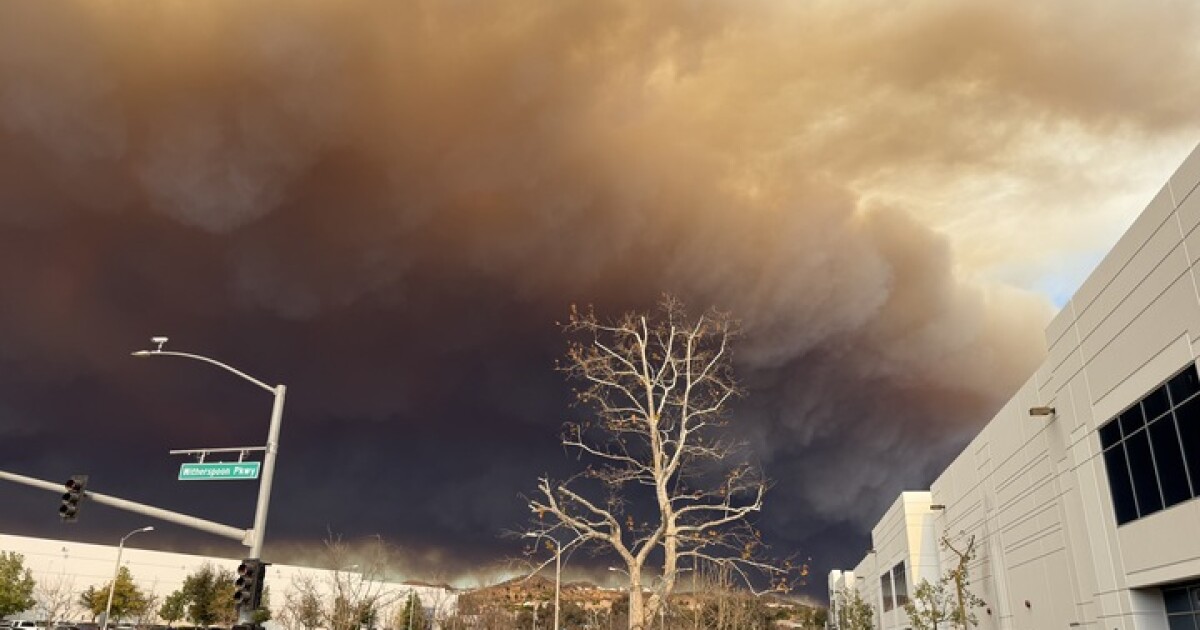

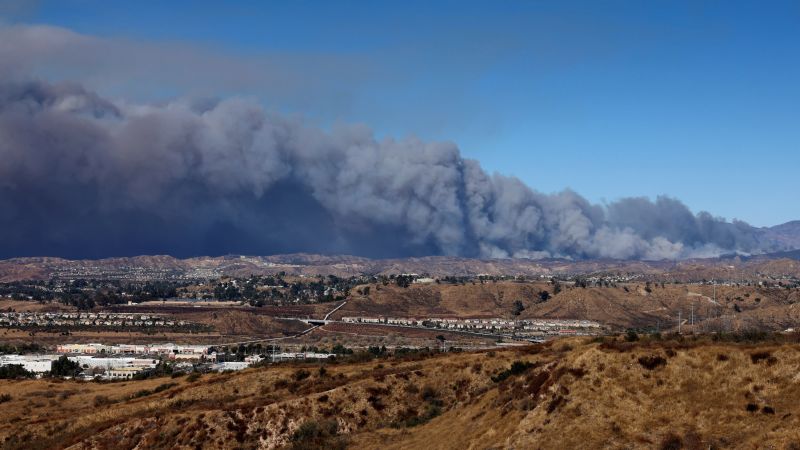





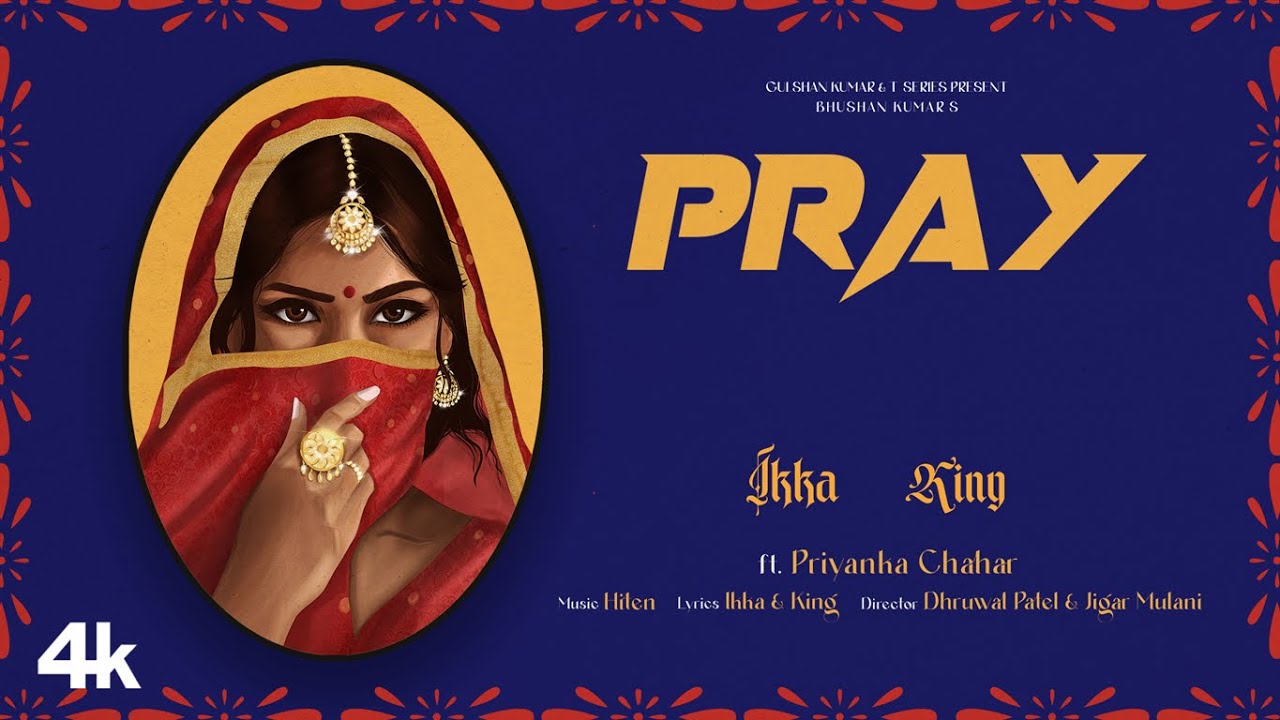
Leave a Reply